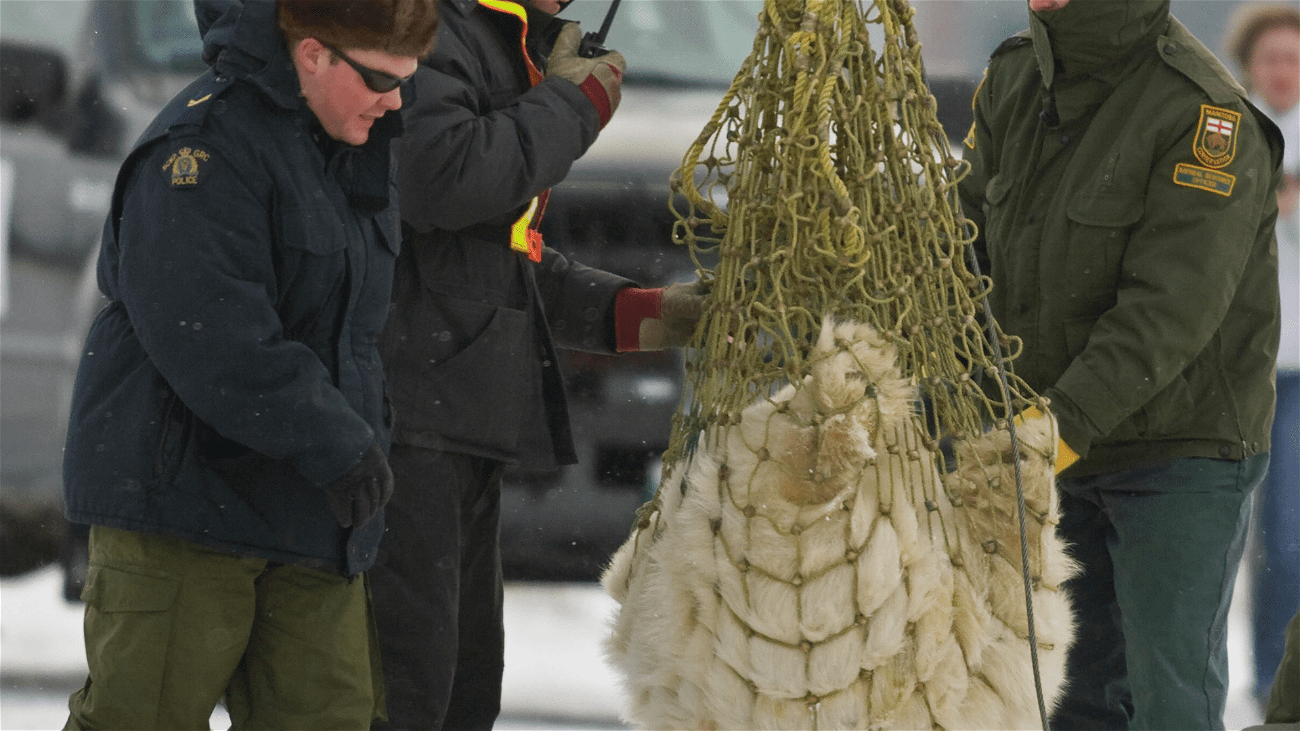A SpaceX Falcon 9 rocket launched a NASA water-monitoring satellite — Surface Water and Ocean Topography (SWOT) — early Friday.
Videos by Outdoors
The SWOT project is a joint effort between the United State’s NASA program and the French space agency Centre National d’Études Spatiales (CNES). The Canadian and United Kingdom space agencies were also contributors to the program. The mission was designed to study the water levels on Earth. Experts are predicting that it will provide details specific to helping scientists better understand the impacts of climate change.
“Once in orbit, SWOT will measure the height of water in freshwater bodies and the ocean on more than 90% of Earth’s surface,” NASA said in a statement. “This information will provide insights into how the ocean influences climate change. How a warming world affects lakes, rivers and reservoirs; and how communities can better prepare for disasters, such as floods.”
Liftoff of the craft occurred at 6:46 a.m. EST and deployed its payload toward a non-sun-synchronous orbit. The final altitude of the mission was 553 miles (857 km). The rocket’s first stage booster successfully touched down at the facility’s Landing Zone-4. The location is just a less than half of a mile downrange from the launch pad. The rocket returned just under 8 minutes while SWOT was deployed into orbit just 50 minutes after launch.
In the mission log, NASA detailed which group brought what to the project.
It outlined that NASA is providing the KaRIn instrument, a GPS science receiver, a laser retroreflector, a two-beam microwave radiometer, and NASA instrument operations. CNES is providing the Doppler Orbitography and Radioposition Integrated by Satellite (DORIS) system, the dual frequency Poseidon altimeter (developed by Thales Alenia Space), the KaRIn radio-frequency subsystem (together with Thales Alenia Space and with support from the UK Space Agency), the satellite platform, and ground control segment. CSA is providing the KaRIn high-power transmitter assembly.
Tamlin Pavelsky — SWOT hydrology science lead — explained to the media the importance of the mission. Specifically using the right tool for the job.
“We’re constantly having to come up with ways of using data from satellites that weren’t designed for what we want to do,” he said. “We’re repurposing other people’s data, and we’re able to do cool things with that. But SWOT is the first satellite that’s specifically designed to study rivers and lakes, and it’s going to be a real game changer.”
The SWOT project is going to be responsible for tracking nearly 1.3 million miles (2.1 million km) of rivers and millions of lakes. It will also be capable of recording and tracking sea levels to provide data for other water-level concerns.
NASA said that it has plans to make the data publicly available.










Pingback: For Just $450,000, You, Too, Can Have Sex in Space – Outdoors.com